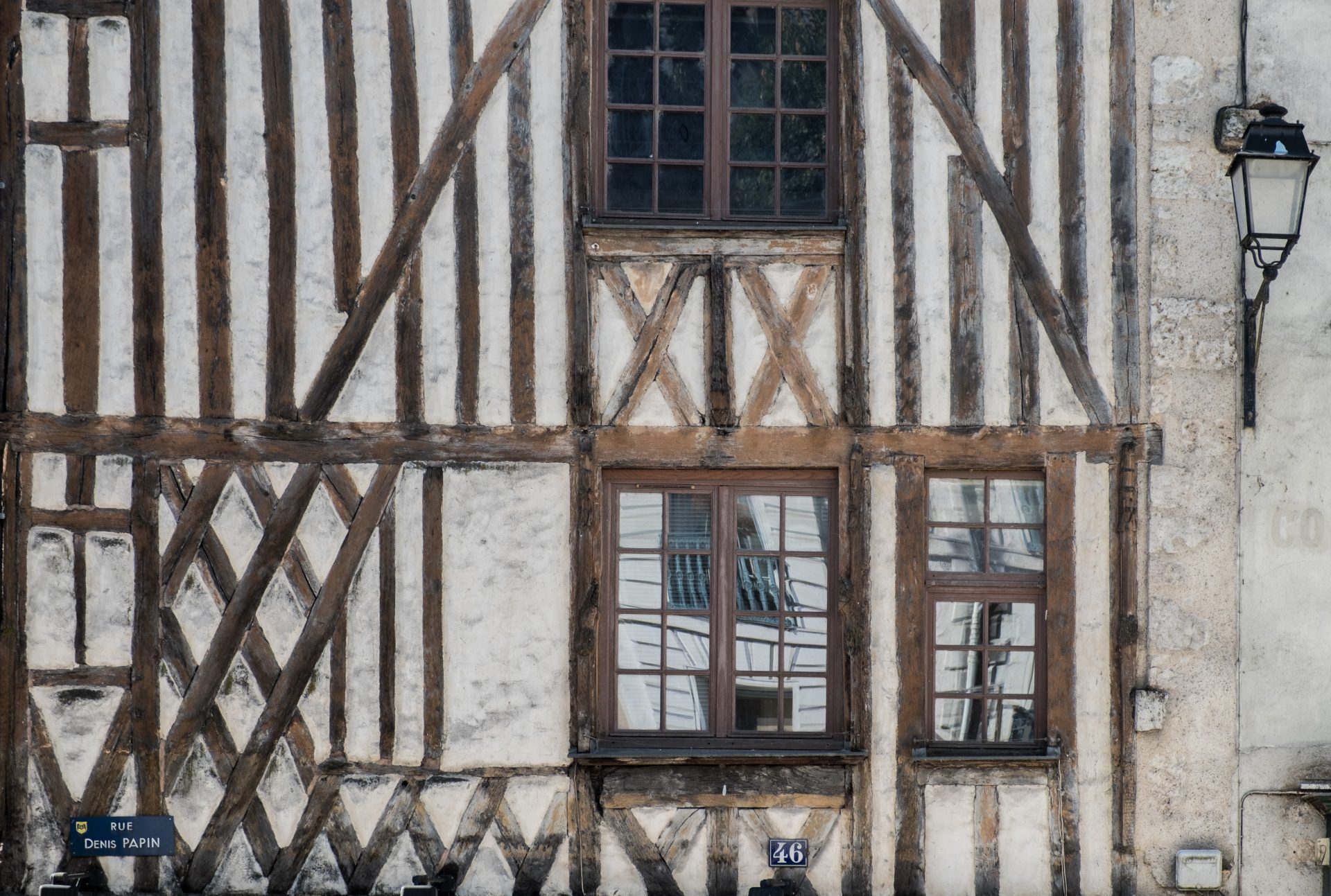How To Start Renovating a Listed Building
Renovating a property can be an exciting project, leading to the home of your dreams. But when you live in a listed building, there are lots of extra considerations. Can you add house extensions to a listed property? Do you need additional planning permissions? If you’re thinking about renovating your listed building but you’re not sure where to start, here are some helpful tips.
What is a listed building?
Listed buildings are of special architectural or historic interest. Most properties built before 1700 are listed, but more modern properties can be too. The listing process gives these buildings extra protection in the planning system to help them retain their original features and preserve them for future generations.
There are three categories of listed properties:
- Grade I – these properties are of exceptional historical importance. Only 2.5% of listed buildings are Grade I.
- Grade II* – these buildings are of very special importance and make up 5.8% of listed properties.
- Grade II – around 92% of listed buildings are Grade II and will most likely be the category you need to look at when renovating or considering house extensions.
Applying for listed building consent
Listed building consent is required for both external and internal work on your property — this includes anything that may impact the building’s architectural or historic interest. For instance, you’ll need listed building consent for:
- Demolition
- Altering, or extending the building. This can include simple changes such as stripping back paint and wallpaper to expose the original brickwork.
- Removing fixtures and fittings (e.g. lights) that may contribute to the property’s special interest.
Working out what changes need listed building consent can seem complex. Your best starting point is to find out what features make your property special.You can do this by looking at the National Heritage List which will detail your home’s significant features.
Once you know which features make your property significant, you can contact your local authority to see what changes they will permit. Doing this before making any further plans can save you a lot of time and money.

What happens if I make changes to my listed property without listed building consent?
It’s a criminal offence to carry out any amendments to your listed property, without listed building consent. If you do so, you may face prosecution.
Extending listed buildings
It’s vital to get planning permission when extending any property but if you’re looking to build house extensions on listed buildings, you’ll need to:
- Choose appropriate building materials that match or compliment the original walls and roof.
- Apply for planning permission and listed building consent at the same time prior to commencing work.
- Ensure your windows and doors are in keeping with the originals and that they’ll protect the listed walls from water damage.
- Hire skilled architects who have experience working on listed properties.
Planning consent and architecture advice from PSK
If you have any questions about planning permission — whether for listed or unlisted buildings — feel free to get in touch with our knowledgeable planning consultants and architects. We’d be happy to help you get started on your renovation projects and house extensions. Why not give us a call today?
